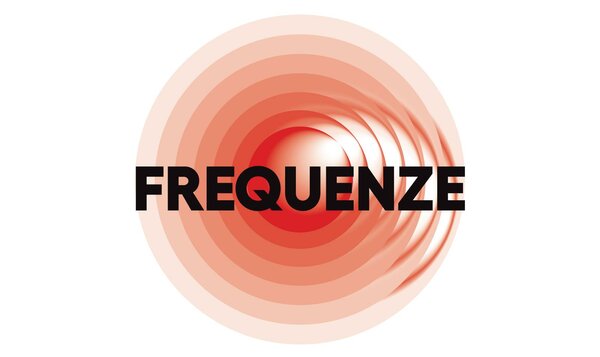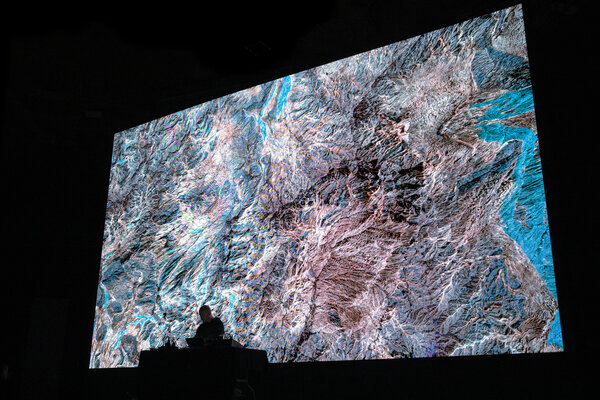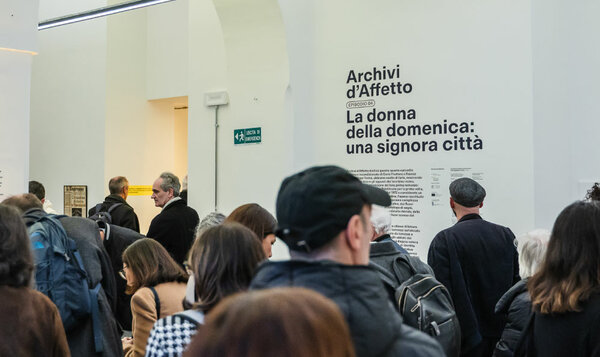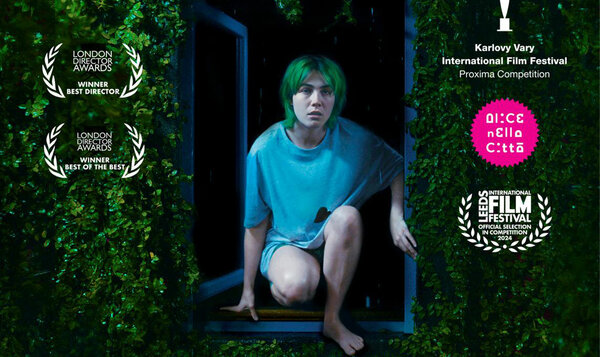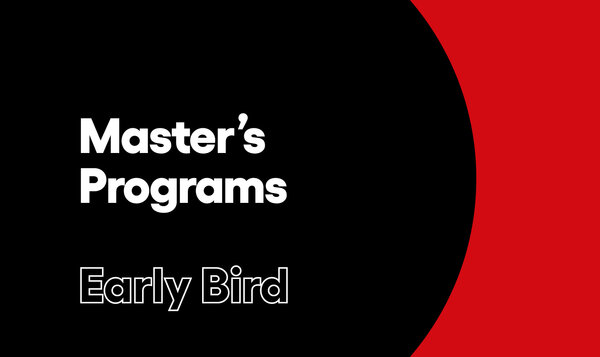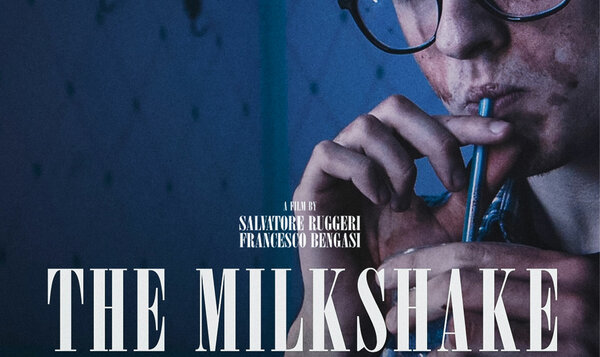Every film and TV series comes to life thanks to the screenplay, the document that defines the plot, dia-logues, narrative rhythm, and character development.
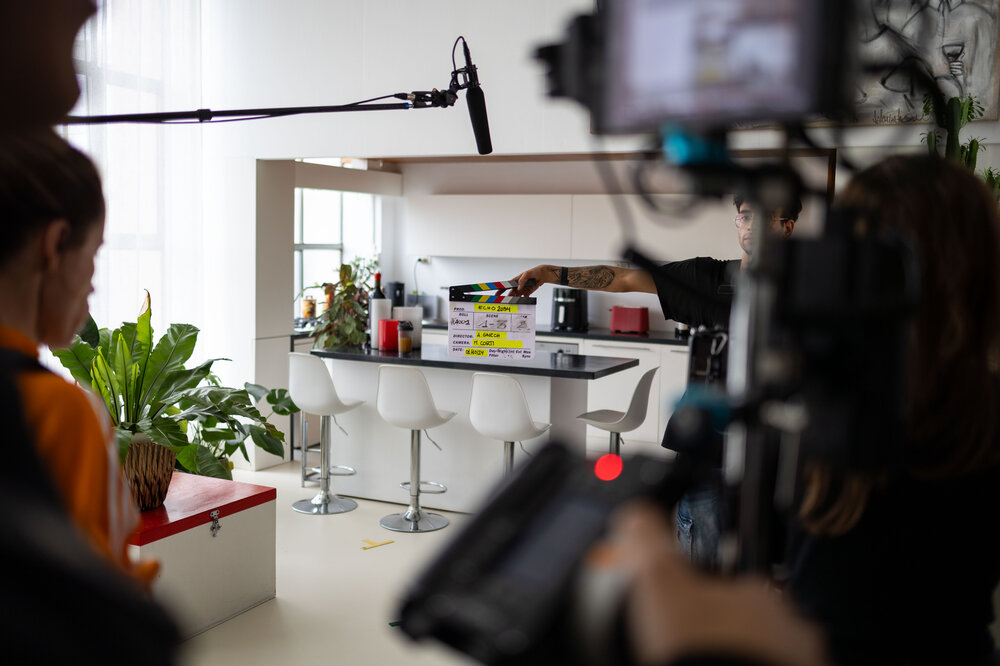
Writing a screenplay: an idea becomes a visual story
Date
03 February 2025
Writing a screenplay is a complex process that requires a combination of creativity, technical knowledge, and an understanding of visual storytelling. Beyond artistic intuition, it is essential to grasp the rules of cinematic narration and how to build believable and multifaceted characters.
To learn and refine these skills and become an expert Screenwriter, a solid training is essential. Specialised courses provide an understanding of industry logic, not only for writing and script development but also for filming and editing.
Creative writing, in particular, is a key skill to master in order to write a successful screenplay. It enables the creation of original stories, realistic dialogues, and engaging situations that make the narrative visually powerful and emotionally compelling. In the next section, we explore how to develop this skill.
The fundamentals of creative writing for screenwriting
Creative writing combines various abilities, each of which contributes to writing a screenplay that works. These include:
- The ability to create unique and authentic characters, conveying their desires, emotions, and fears. Only by focusing on this aspect can the audience fully immerse themselves in the story.
- Crafting a compelling and structured plot that maintains the audience’s engagement. The screenplay must guide the viewer without ever becoming predictable.
- Writing spontaneous and natural dialogues that capture the rhythm of speech. A well-written dialogue is more than just conversation between characters—it serves as a means to express personality, conflicts, and relationships.
- Effective use of cinematic space and time. Screenwriting differs from literature as it must account for visual storytelling and timing. Each scene should be written so that visual and verbal storytelling work together seamlessly, often through concise yet impactful details.
- The ability to surprise and innovate. A great Screenwriter knows how to engage the audience through plot twists, unexpected developments, or innovative narrative approaches. Creativity in structure, storyline choices, or perspective can make all the difference.
How to develop this skill? Here are 6 practical tips:
- Read widely and watch many films from different genres. Expand your stylistic repertoire to draw inspiration and understand narrative dynamics across various types of stories.
- Allow room for creativity. During brainstorming, let ideas flow freely. Don’t worry about making mistakes or finding the perfect solution immediately. Spontaneous writing can lead to unexpected directions that may form the basis of a brilliant idea.
- Find a unique and distinctive voice. Screenwriting requires a strong identity, and developing your own style means creating stories that only you could tell.
- Focus on emotions. A screenplay should evoke emotions in its audience. While writing, always consider how each scene can move, amuse, distress, or provoke thought.
- Draw inspiration from universal conflicts. The greatest stories often revolve around timeless themes: love, loneliness, injustice, self-discovery.
- Pay attention to detail. Imagining the lives of characters, even beyond the plot, can help make them richer and more believable.
The structure of a film screenplay
A well-structured screenplay is essential for maintaining the audience’s engagement. Most screenplays follow a three-act structure:
- The first act introduces the world and characters.
- The second act, usually the longest, develops conflict and tension.
- The third act resolves the narrative.
This structure helps organise scenes fluidly, ensuring that each moment contributes to the progression of the story.
However, this is not the only option. Different screenplay structures exist, adapting to narrative needs. One alternative is the multiple timeline structure, where the screenplay unfolds across different timeframes, interwoven in various ways. This is often used to create suspense, highlight thematic connections between past and present, or gradually reveal crucial story details.
A notable example of this screenplay structure is The Godfather Part II, which alternates between two timelines to depict both the past and present of the Corleone family.
The role of visual storytelling
Visual storytelling conveys a story through images, gestures, and settings. An effective screenplay enhances this aspect, engaging the audience without relying too heavily on dialogue, while simultaneously adding depth to the plot.
Some films that excel in visual storytelling include:
- Mad Max: Fury Road by George Miller, which presents a post-apocalyptic world through breathtaking cinematography, rapid editing, and action-driven storytelling.
- The Revenant by Alejandro G. Iñárritu, where landscapes, facial expressions, and silences communicate the protagonist’s struggle for survival.
- Blade Runner, where set design, lighting, and colours establish a decadent futuristic world.
Tools and software for writing a screenplay
To write a screenplay professionally, various software programs are available, offering features beyond those of a standard word processor. The right choice depends on personal needs and budget, but this brief overview can help you get started.
- Final Draft automatically formats screenplays according to industry standards and enables real-time collaboration. It includes a productivity timer and the ability to set goals and statistics.
- Celtx also offers automatic formatting and multi-user access, keeping a complete history of revisions, feedback, and approvals. It even allows users to set a budget and track expenses through cost reports.
- Scrivener is ideal for organising ideas and drafts. It makes it easy to catalogue and review research notes and export files in various formats, including Microsoft Word, OpenOffice, RTF Final Draft, and PDF.
Learning cinematic storytelling at a professional level
Do you want to learn how to write screenplays professionally?
Through IED’s film courses, you will acquire theoretical and practical skills, while also experiencing an immersive training environment. You will gain hands-on experience across the different roles and professions involved in the creation of a film, working closely with industry professionals.
Thanks to a collaboration with Indiana Production, an internationally renowned production company, you will have the opportunity to gain deeper insight into film production dynamics, access internships and work placements, and connect with some of the most important players in the audiovisual industry.
